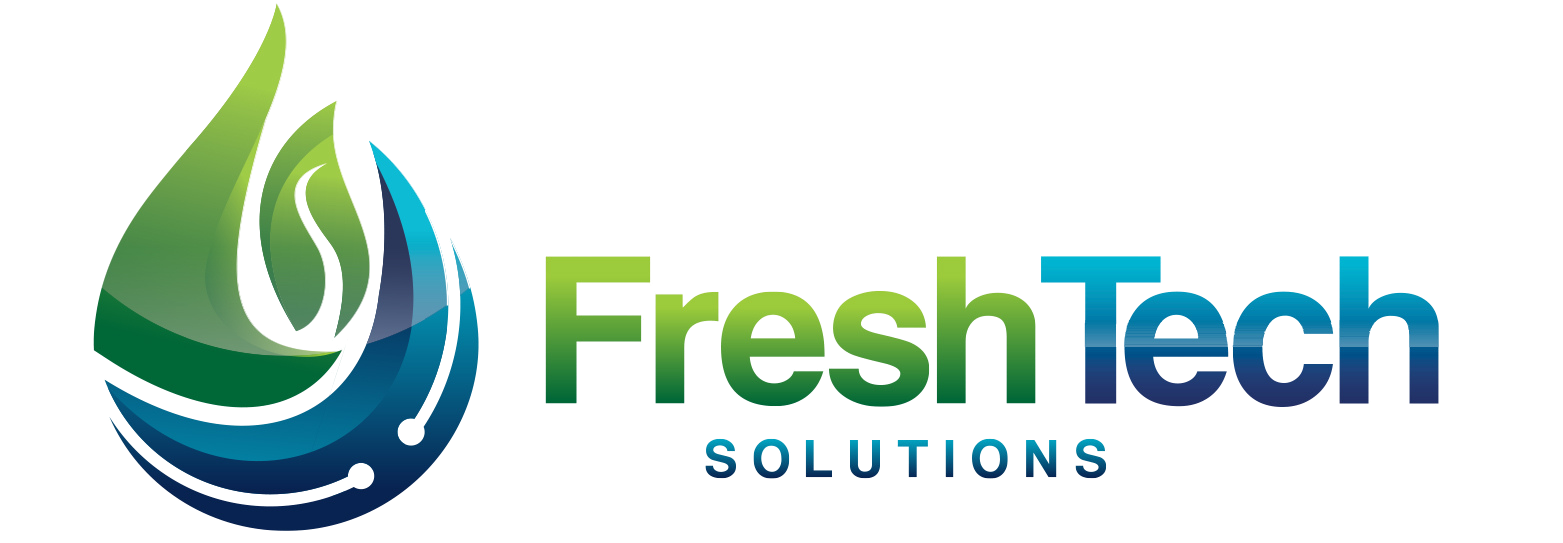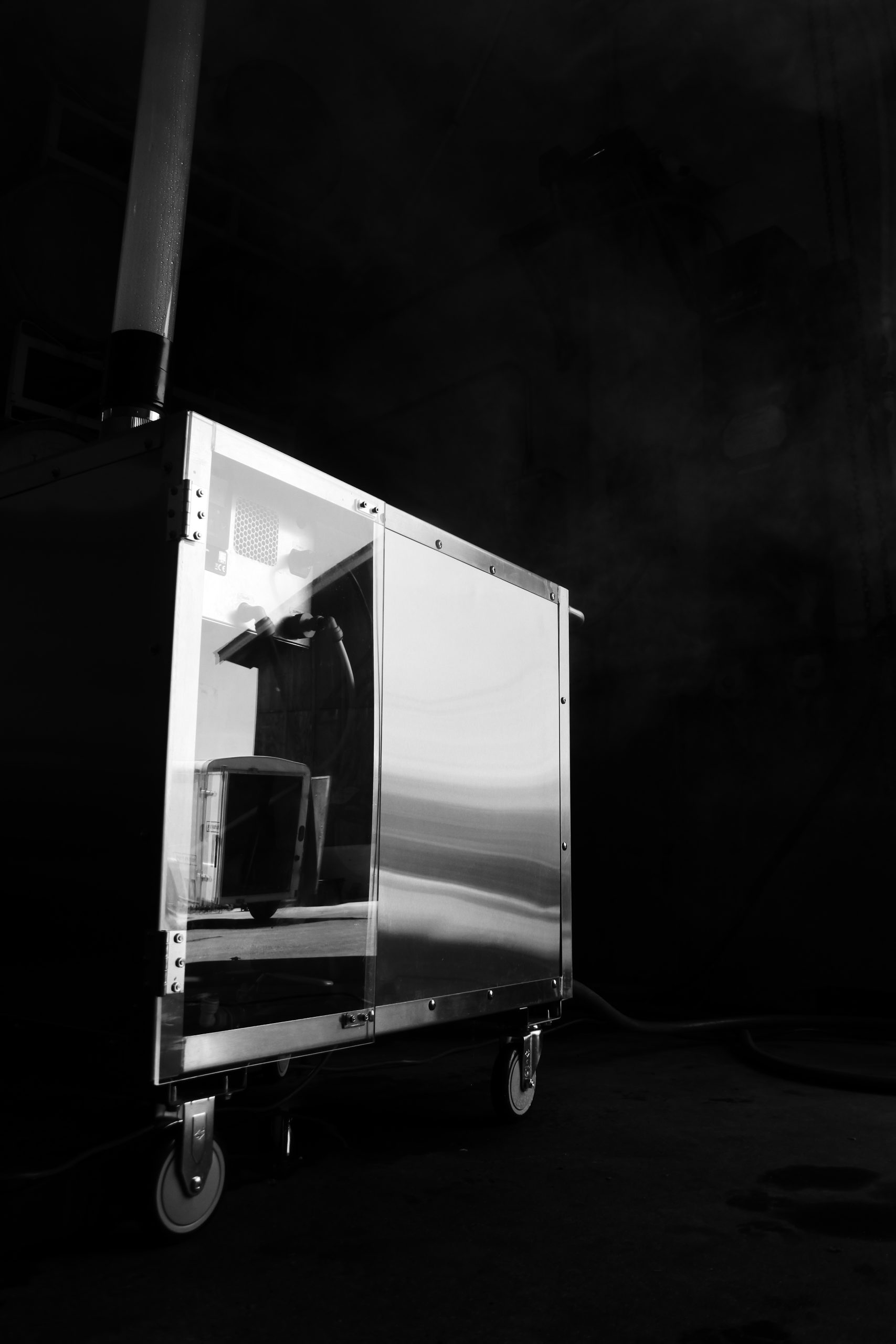
Dry Fog by
Reducing Product Loss and Optimizing Barrel Storage Conditions for Wineries, Breweries, and Distilleries.
Wine barrels are porous, allowing for wine to breathe and micro-oxidize (aka age),
however this also results in evaporative loss or ‘Angel’s Share’.
Over time this volume of product loss can be quite significant. Additionally, this creates headspace within the barrel which may cause oxygenation and microbial infection of the wine. Aside from the detrimental effects to the wine, low humidity also affects empty barrels in storage as dry wood will split and crack, resulting in leaky and compromised barrels.
Dry Fog technology from FreshTech creates humidity levels to suit your wine barrel storage needs.
The 1–3 micron water droplet in fog has shown to be the best possible way to reduce product loss in wineries, all without using an excessive amount of water.
Humidity Control
Wine Quality
Product Savings
Evaporation Cost
Evaporative loss as Angel Share costs wineries thousands of dollars every year. The average winery will lose up to 7–12% of product annually. That’s roughly 2 cases of wine per barrel. In addition, evaporation creates headspace in the barrel which leads to the proliferation of microbes that spoil wine. Here are some common culprits:
Acetobacter
Candida mycoderma
Brettanomyces
How it Works
Dry Fog from FreshTech utilizes ultrasonic nebulization technology to create a super small water droplet. The resulting fog sits at the same molecular weight as air, allowing the water to permeate every surface in a given space.
-
1
Filtered Water
Water passes through a 5-stage reverse osmosis filtration system that includes UV, ensuring a continuous supply of clean, sanitized water.
-
2
Nebulize
Ultrasonic sound waves break up the water into super small droplets less than 2 microns in size.
-
3
Saturation
Fog saturates the space from ceiling to floor, creating consistent humidity throughout the cellar.
-
4
Reduce Evaporation
The moisture created by the fog permeates the outer layer of the wine barrel, causing them to swell and eliminate cracks and pores.
Adiabatic Cooling
There is another benefit of Dry Fog: it comes in the form of
Adiabatic Cooling.
In simple terms, adiabatic cooling is the process of reducing heat through a change in
air pressure caused by volume expansion. Already used in numerous industrial applications,
it is one of the most energy-efficient ways to cool a space.
Dry Fog, through its impact on relative humidity, can cool a cellar by
5–10°F.
Case Study: Jacob Williams Winery showed a
5° difference between a cellar with Dry Fog and one without.
Cooling a cellar to 55°F can be costly. Dry Fog not only saves a winery
thousands of dollars in product loss, but also keeps the
energy bill low during hot months.
Sanitation Protocols
So Dry Fog can prevent evaporative loss, maintain barrel integrity, cool the cellar, and generally save wineries a lot of money. What else can it do? Well in fact, it can also sanitize the cellar. By using the fog as a vector, the team at FreshTech aim to provide numerous adjuncts that will effectively give winemakers control over the biome of their cellar. Here are some candidates:
Peroxide
Trace amounts of peroxide mixed into solution will effectively sanitize a space. Currently FreshTech employs it in grocery and hospitals.
Pyrethrin
A product commonly used to kill fruit flies.
Chitosan
A product already used in wine application, when nebulized will kill Brettanomyces.
Dry Fog Versus Misting
Other Products on the Market
There are other products on the market providing humidification services to wineries.
By and large, these are MISTING systems. The difference being they use
high pressure to force the water through a nozzle, creating a small water droplet.
Disadvantages of Misting
- They use a lot of electricity to create the pressure.
- They consume a large amount of water.
- The resulting droplet is much larger (sometimes up to 200 micron).
- Nozzles must be run across the ceiling → puddles form around the winery.
- Expensive to install and the nozzles are known to clog.
Compare this to the clean, filtered, small droplet Dry Fog which uses far
less water and no noisy air compressor. It’s not even in the same league.
CASE STUDY #1
Seguin Moreau
Dry Fog technology is not new. First used in European grocery stores to keep produce fresh, the French were the first to realize its potential in wine. Today, Dry Fog is used in Bordeaux —
one of the world’s most prestigious wine regions.
At Seguin Moreau, Dry Fog ensures barrel viability
A case study showed its impact on wine production.
✅ With Dry Fog: 2.62 Liters/Barrel per year
❌ Without Dry Fog: 6.82 Liters/Barrel per year
keeping fine Bordeaux wine in the barrel, not in the air.
Wineries in France using Dry Fog
- 🍷 Möet & Chandon – Champagne
- 🍷 Château Margaux – Bordeaux
- 🍷 Château Mouton Rothschild – Bordeaux
- 🍷 Vieux Château Landon – Bordeaux
- 🍷 Château d’Yquem – Bordeaux
- 🍷 Château La Clotte – Bordeaux
- 🍷 Château Latour Martillac – Bordeaux
- 🍷 Château La Grace Dieu – Bordeaux
Jacob Williams Winery
A 33-day trial compared wine barrel storage in a standard control room versus one fitted with Dry Fog technology.
Control Room
- Avg. Temp: 21.1 °C
- Humidity: 55%
- No Dry Fog
Dry Fog Room
- Avg. Temp: 18.3 °C
- Humidity: 70%
- Dry Fog installed

The Guardian Angel by FreshTech represents the latest innovation in Dry Fog systems. Encased in a stainless steel housing with a built in reverse osmosis unit, this mobile cart can be wheeled into any room and provide instant fog.
Instant Humidity Control
Ultrasonic nebulizer delivers a fine 1–3 µm droplet for fast, even distribution without wetting.Mobile & Self-Contained
Reverse osmosis unit + mixing tank built into a compact, wheel-anywhere stainless cart.Hygienic by Design
It comes with sanitary surfaces, easy-clean interiors, and adjunct-ready atomization for cellar protocols.
